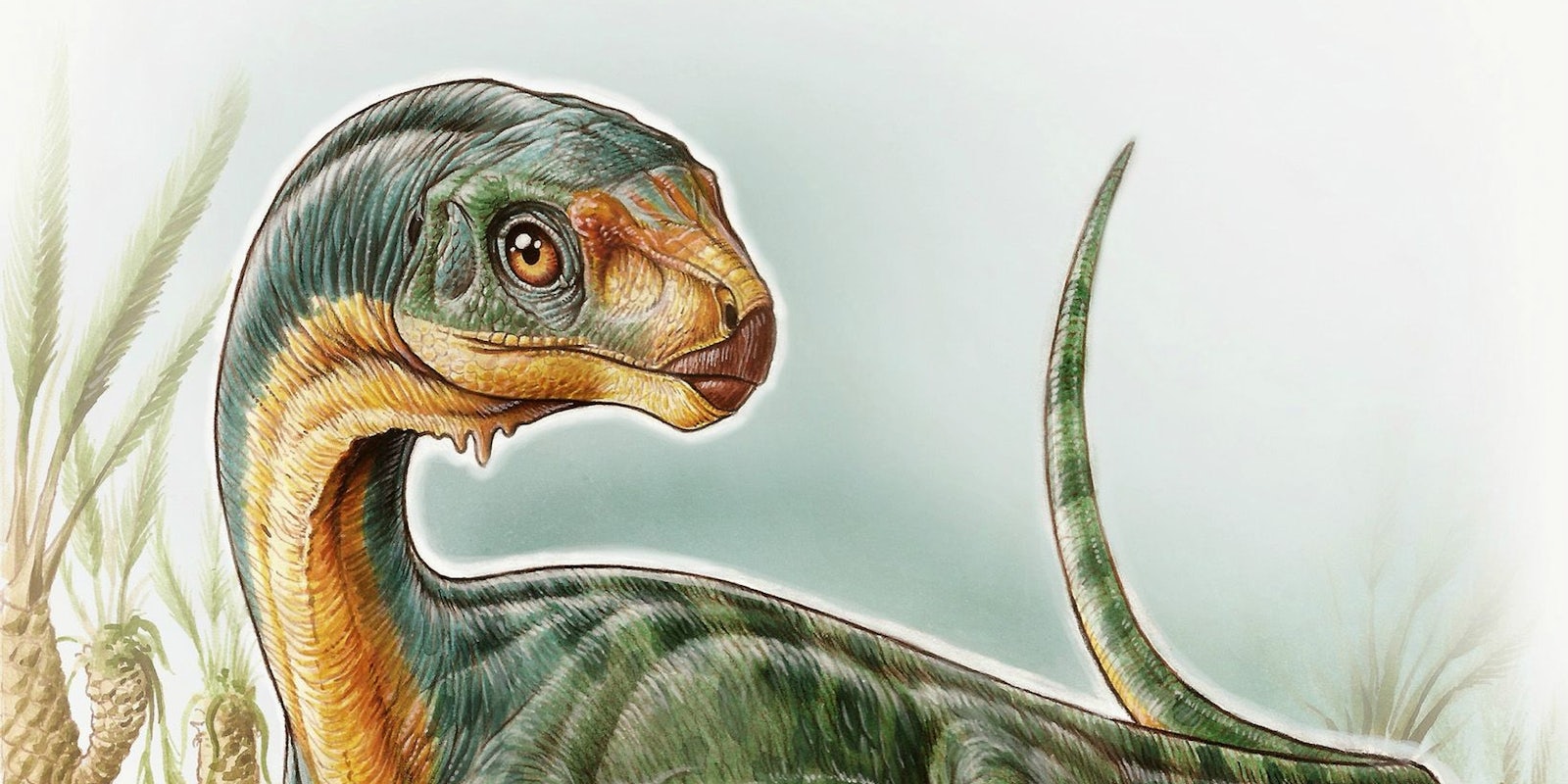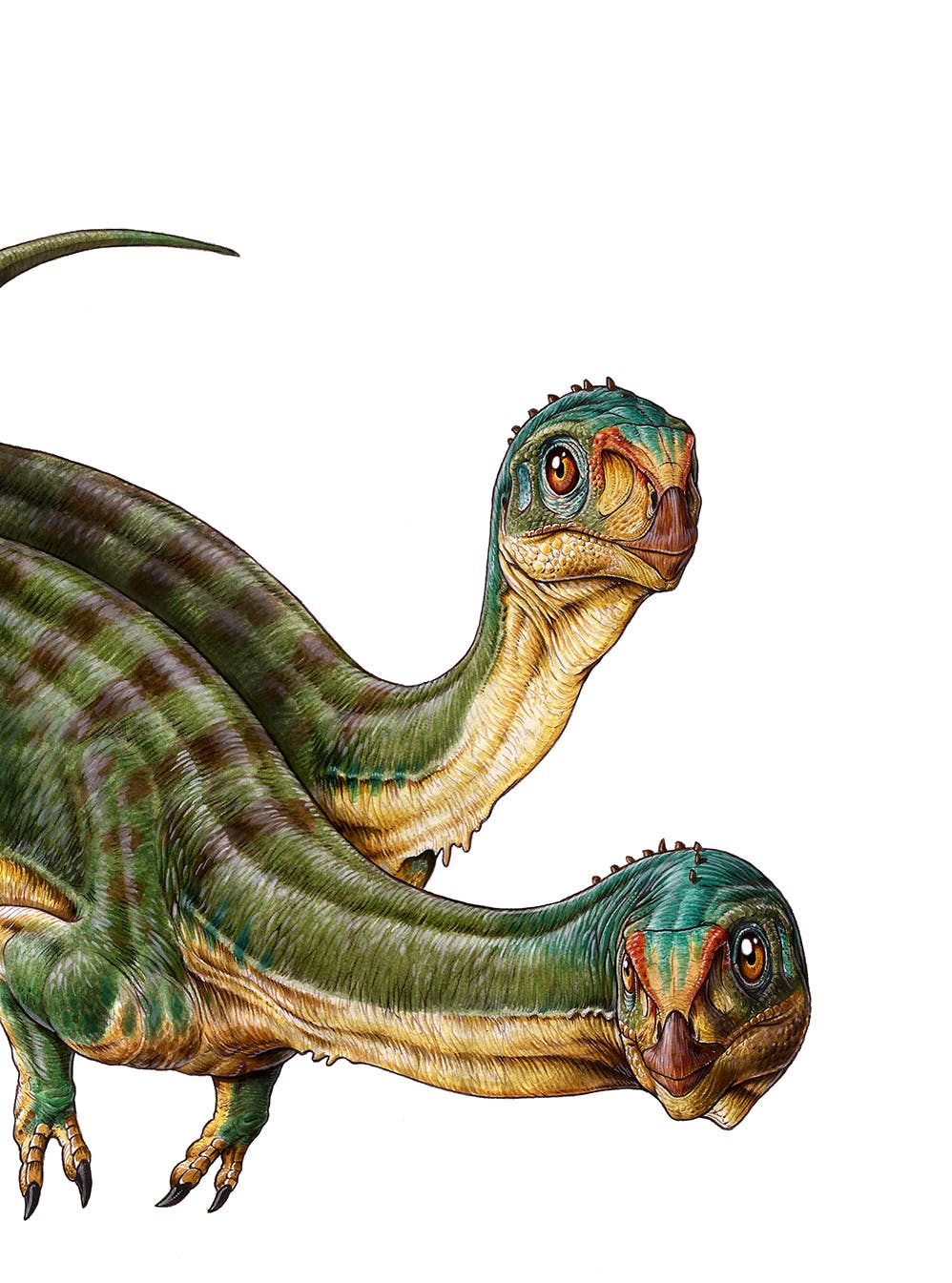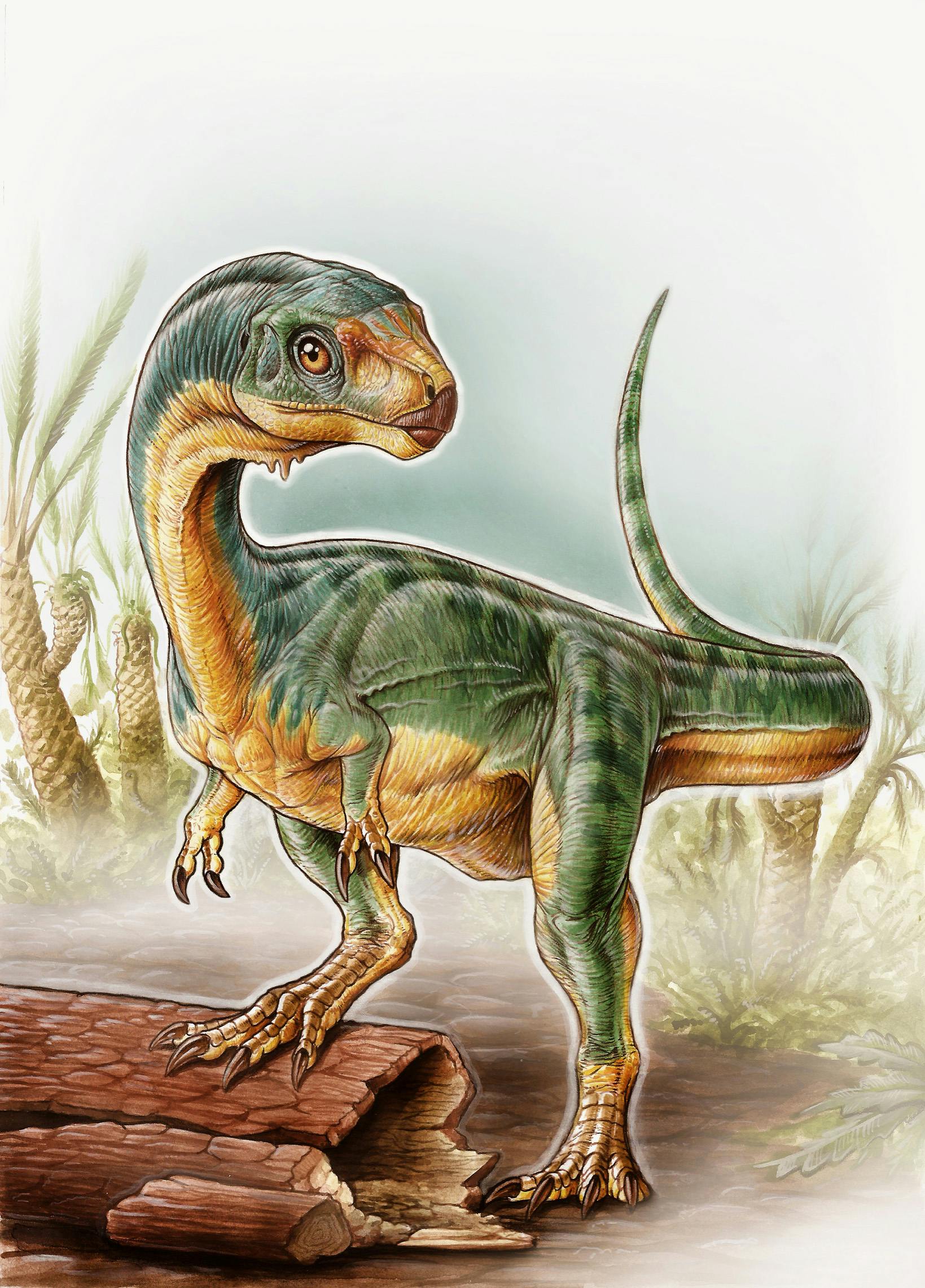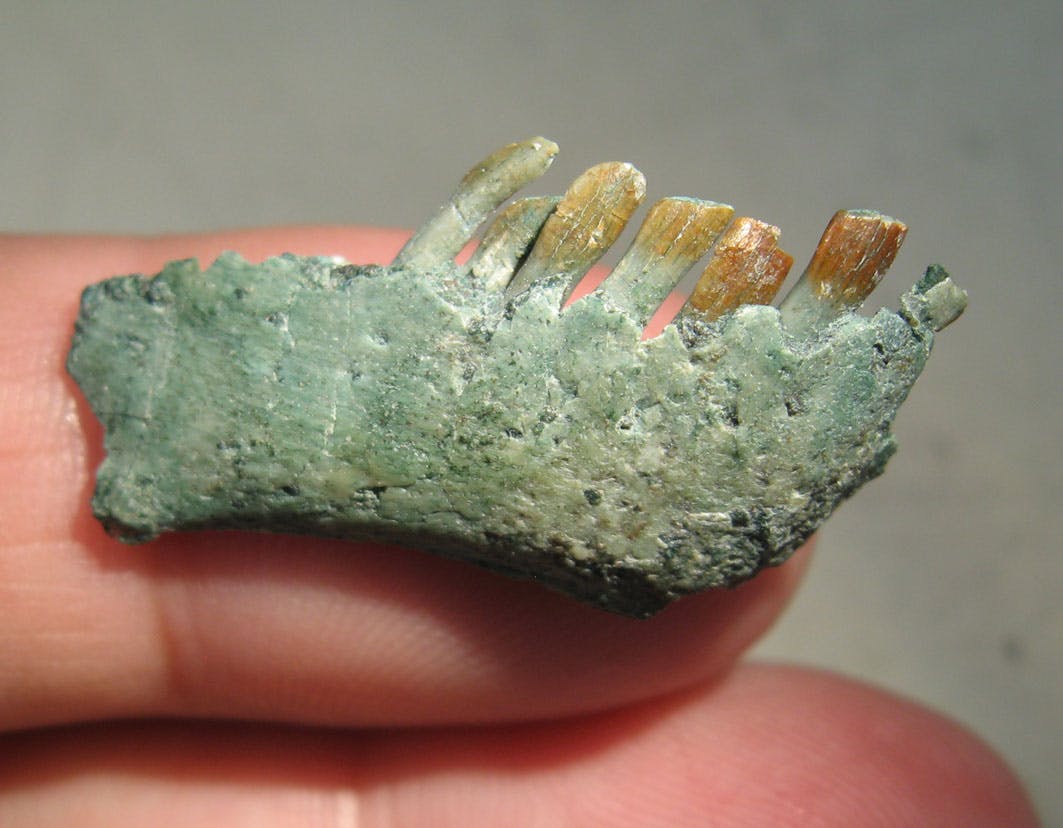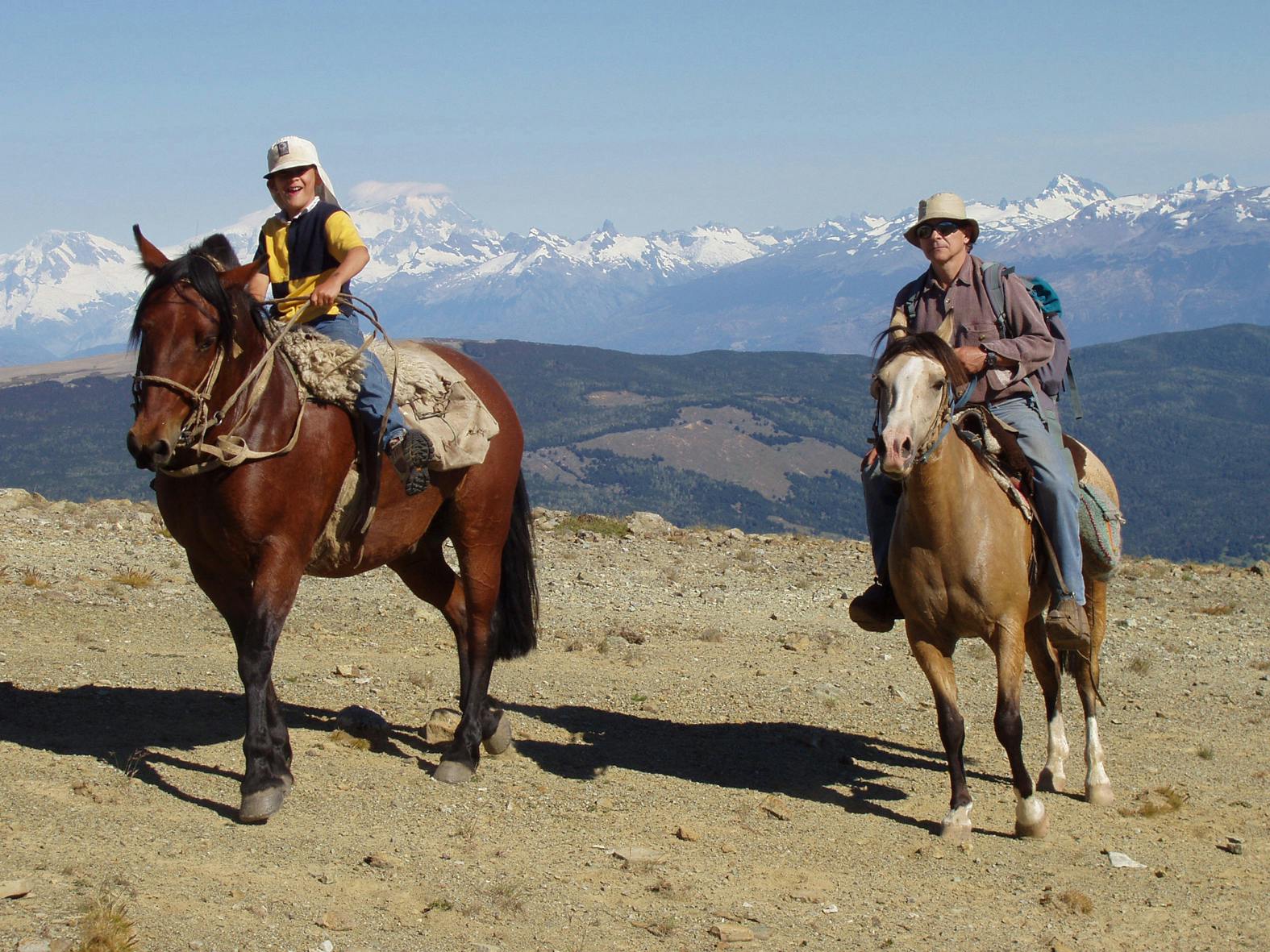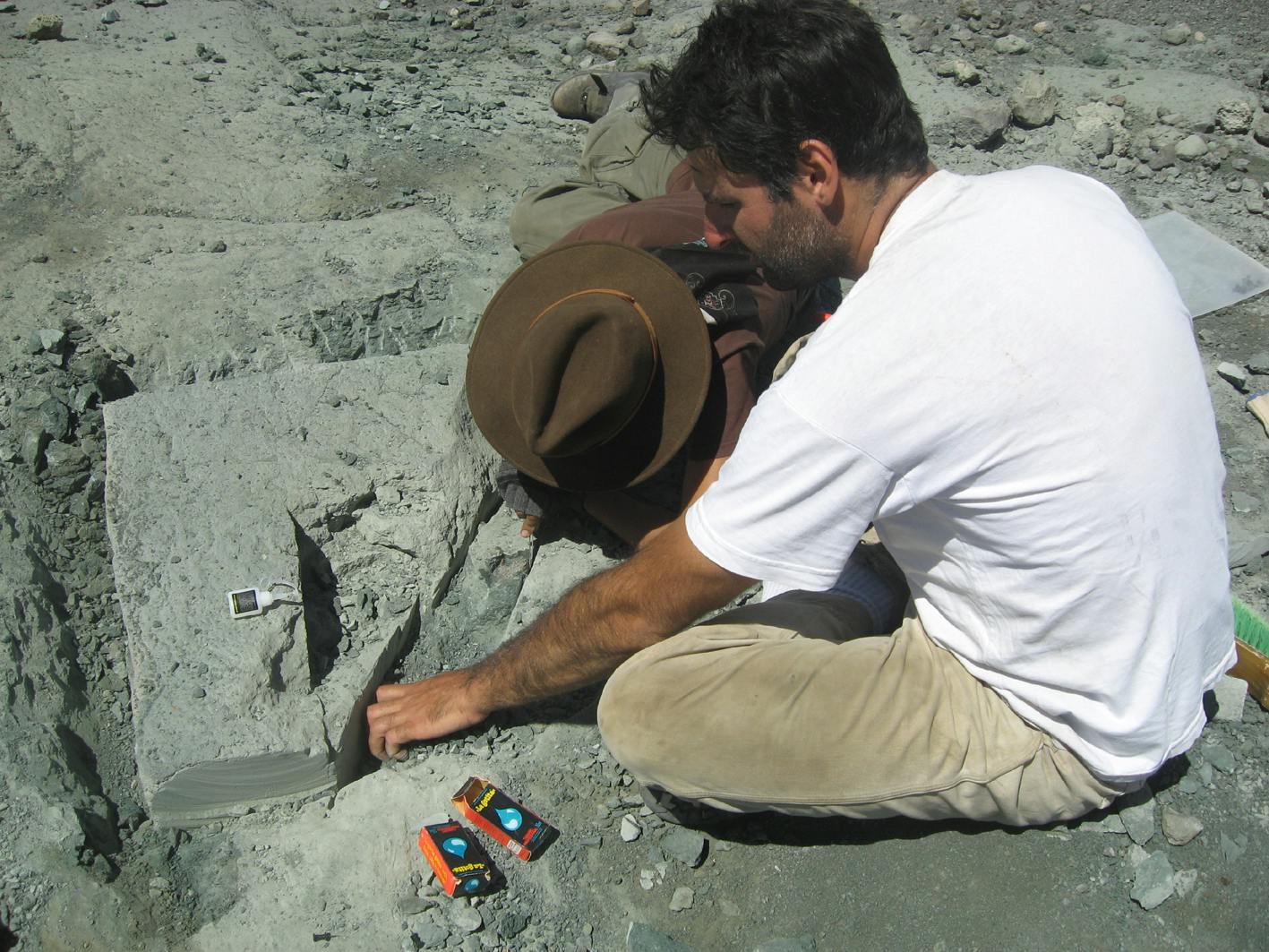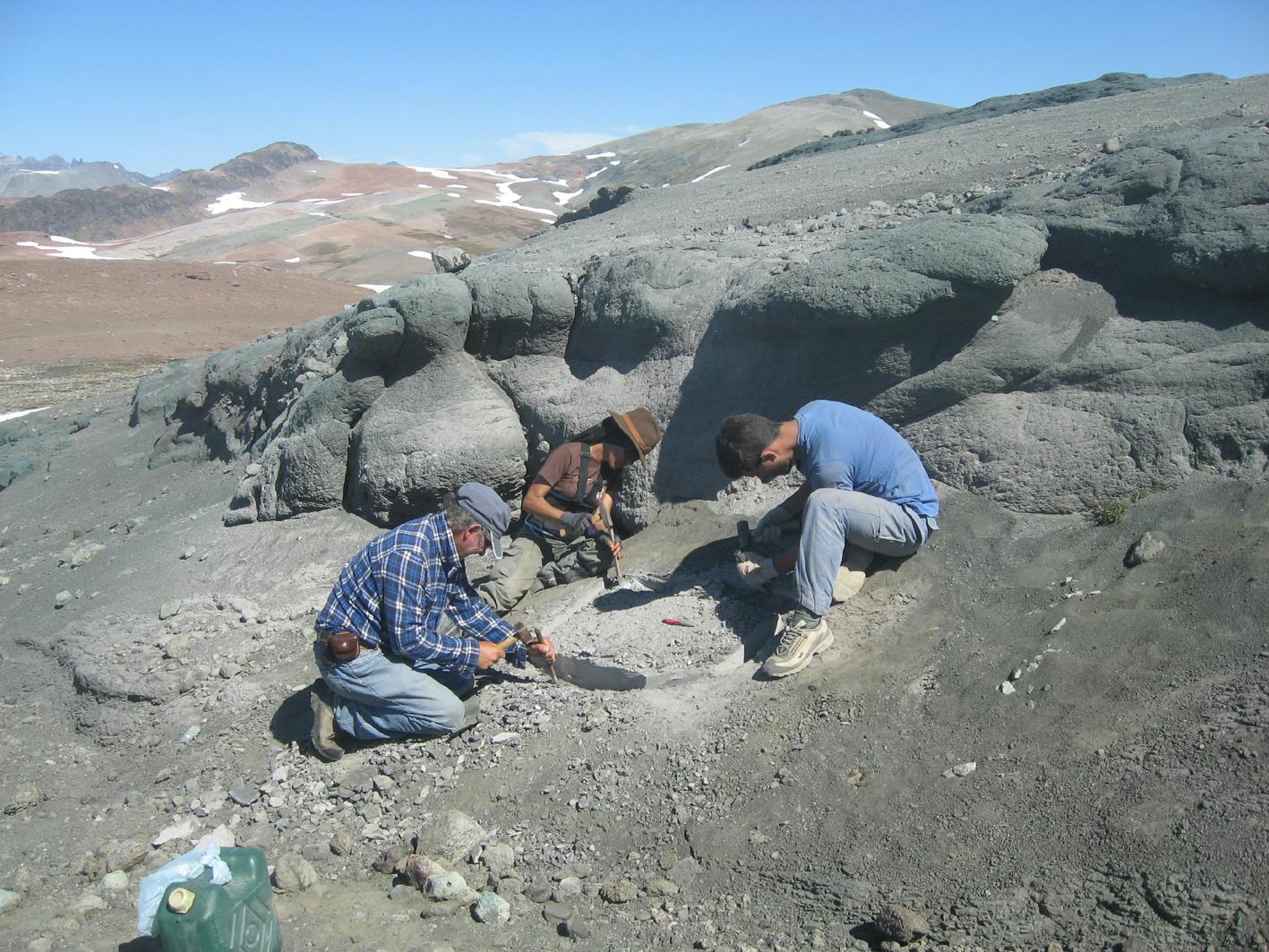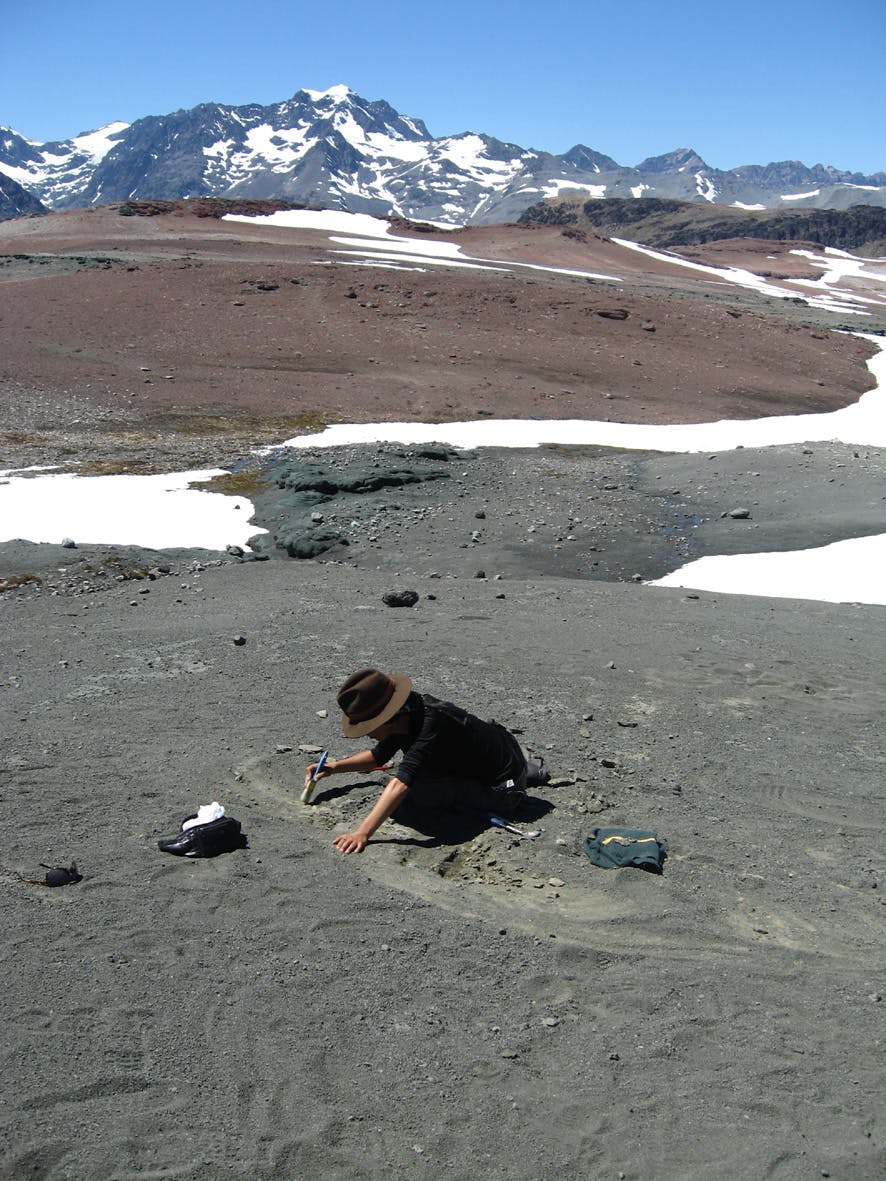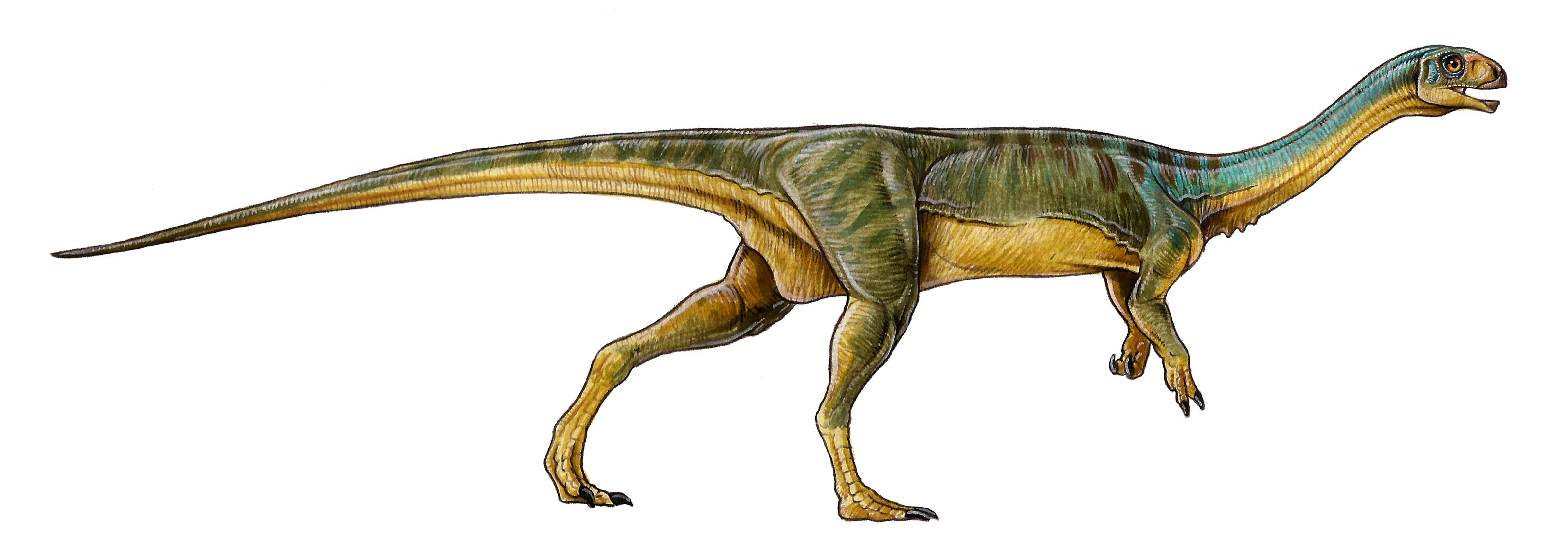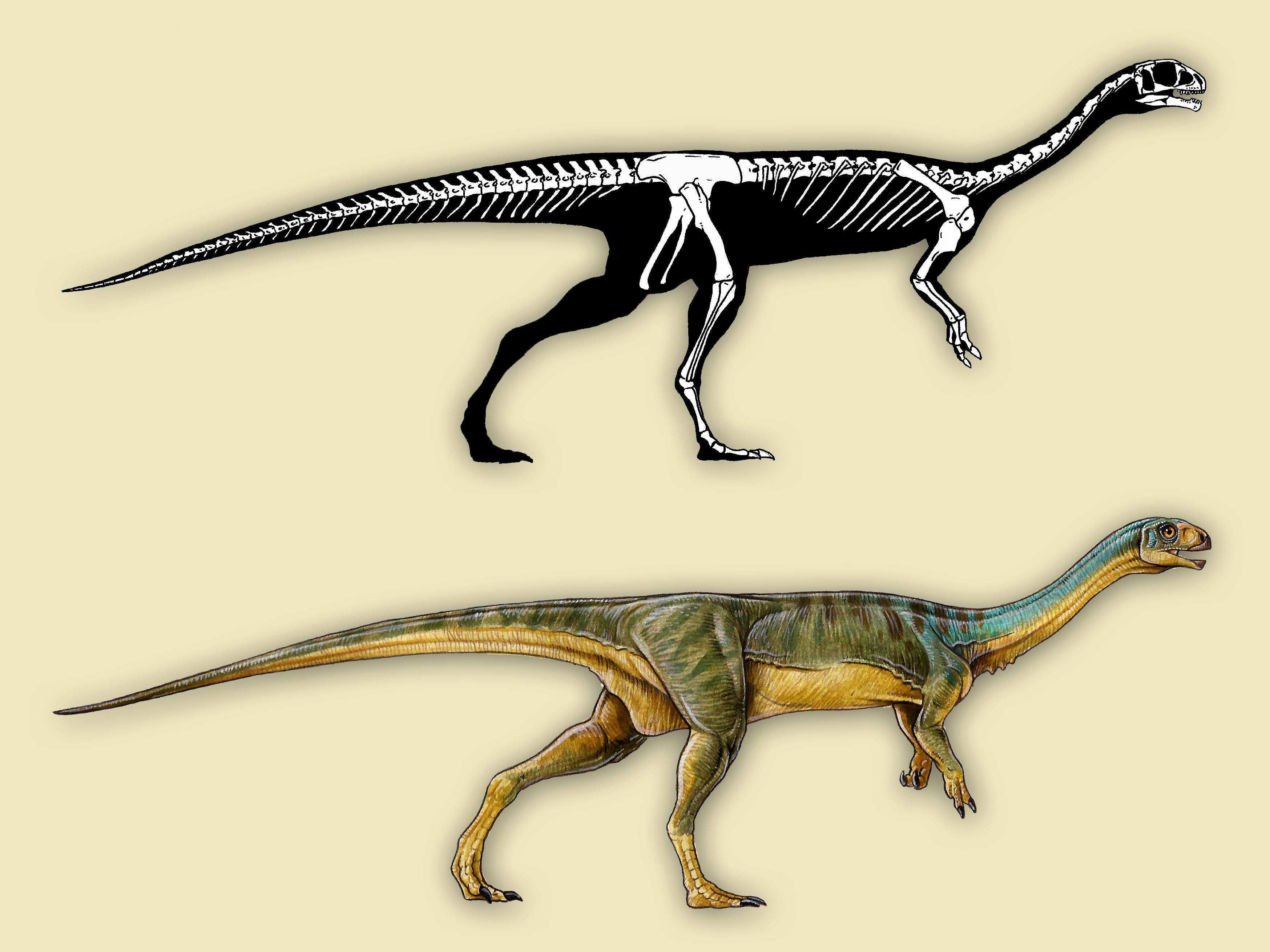Paleontologists are now just playing mix-and-match with the body parts of known dinosaurs to get new species—or so you might think looking at the latest creature from the Jurassic period.
Say hello to Chilesaurus diegosuarezi, an “enigmatic planteater” who’s the odd man out among a more fearsome family of T-Rexes and velociraptors:
This adorable therapod looks like a cross between a Tyrannosaurus, a Velociraptor, a Brontosaurus, and a Platypus. The dino was named after Diego Suarez, the 7-year-old boy who first discovered the dinosaur vertebrae in 2004, in Aysén, a region of southern Chile. Since then, scientists from Chile and Argentina have located and identified numerous bone fragments from different specimens of the dinosaur, including four complete skeletons that allowed them to realize what they had on their hands was a whole new species.
Today’s report in Nature heralds the weirdness of the discovery, with scientists branding Chilesaurus as “bizarre” and a “wonderful weirdo,” mainly due to its hybrid appearance. The dinosaur grew to around 9- to 10-feet in length, resided in the late Jurassic period, and ate only plants.
Chilesaurus has naturally already spawned Internet jokes.
So @jmtlewis just made the new hipster dinosaur, Chilesaurus, so much better.. pic.twitter.com/n1vUUESqfq
— Jon Tennant (@Protohedgehog) April 27, 2015
Chilesaurus was an herbivorous theropod before it became mainstream! https://t.co/7JDm6Skz7K
— Jorge Velez-Juarbe (@VelezJuarbeJ) April 27, 2015
Congrats, Chilesaurus. It only took you 145 million years, but you’re finally the cool kid.
Update, 9:55 PM ET, April 28: University of Birmingham spokesman Ben Goodwin, speaking to the Daily Dot by email, stated, “The study took four years and the analyses were conducted during the second half of last year, but the bones were discovered back in 2004. Chilesaurus lived in a braided river ecosystem alongside with primitive crocodiles and large long-necked dinosaurs.”
We have updated the previously cited date to reflect this statement. We have also updated the article with additional photos from the University of Birmingham and the archaeological dig in Aysén.
Illustration by Gabriel Lío via the University of Birmingham

